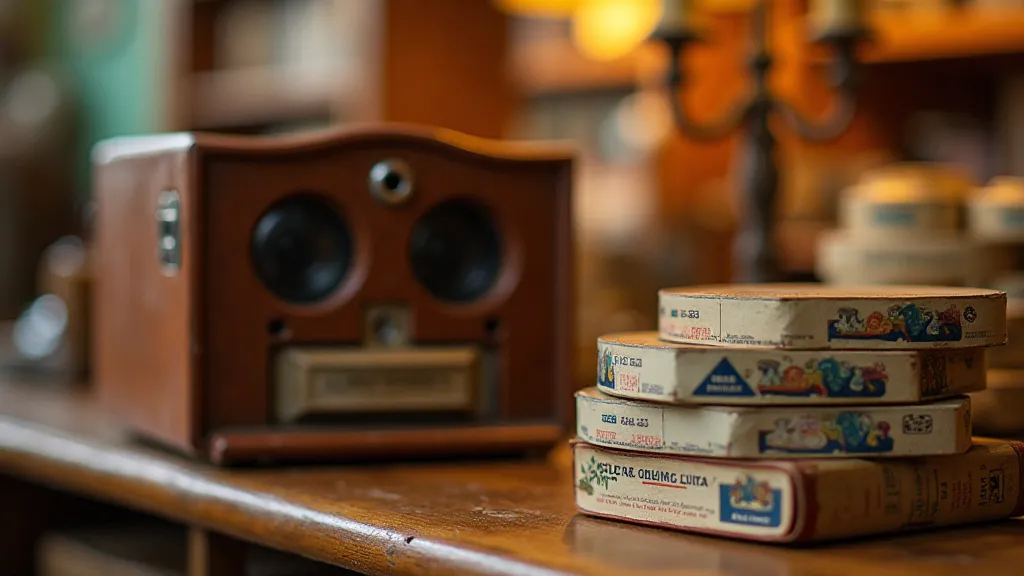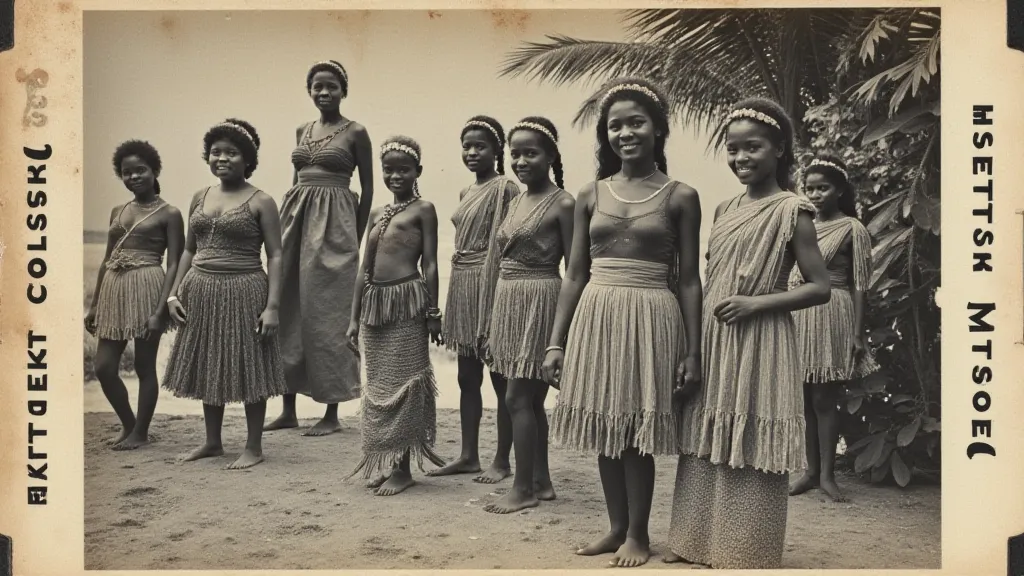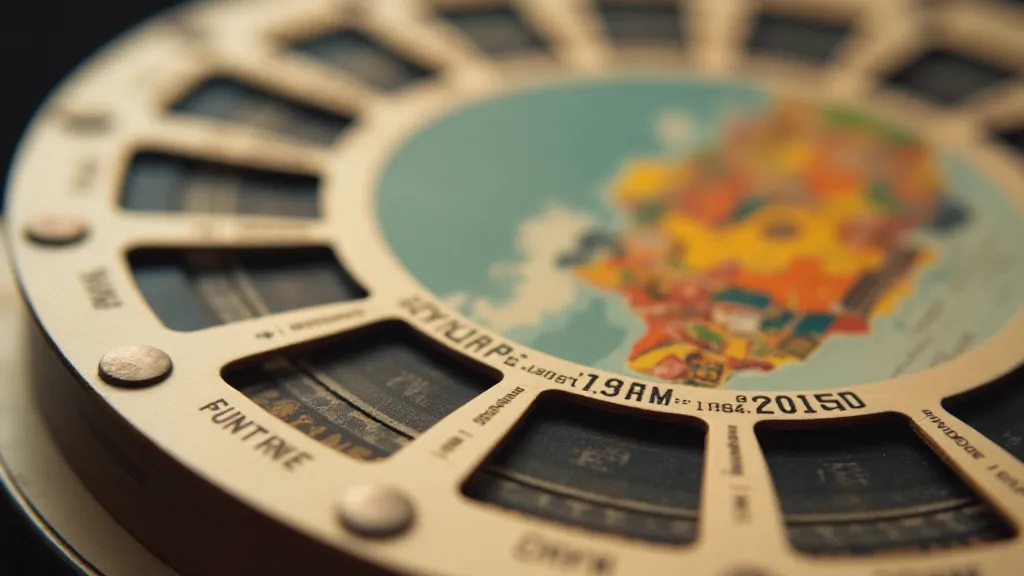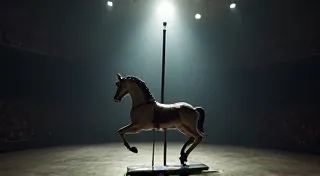Shadows in the Diorama: The Hidden Biases Within View-Master Representations
The click-clack of the View-Master. It's a sound that transports many of us back to childhood, conjuring images of vibrant landscapes, bustling cities, and exotic locales. For generations, these little cardboard reels have offered a glimpse into worlds beyond our own, sparking curiosity and wonder. But as we delve deeper into the history of View-Master collecting, a critical examination reveals a more complex and, at times, uncomfortable reality: the imagery and narratives presented within these reels are not neutral reflections of the world, but products of their time, often carrying subtle and not-so-subtle biases.
My own fascination began with my grandfather’s collection. Dusty boxes filled with reels depicting Niagara Falls, the Swiss Alps, and even a somewhat idealized version of colonial Williamsburg. It was a window into a world he’s told me about, a world often presented as a series of perfect, picturesque scenes. He’s long since passed, but the scent of aged cardboard and that familiar click-clack still stir a powerful sense of nostalgia.

A Product of Their Time: Historical Context
The View-Master was invented in 1933 by Hans A. Wild, a Romanian-born American businessman. Initially intended as a sophisticated slide viewer showcasing scenic postcards, it quickly evolved into the beloved toy we know today. The Fisher Price company acquired the rights in 1958, solidifying its place in popular culture. However, to truly understand the biases present in the reels, we need to contextualize them within the social and political landscape of the mid-20th century. The post-war era in America was characterized by a burgeoning consumer culture, but also by deeply ingrained prejudices and a prevailing sense of American exceptionalism. This atmosphere profoundly influenced the narratives and imagery that were deemed acceptable and desirable to be presented to children.
The "Noble Savage" and the Exotic Other
Many reels depicting non-Western cultures fall into the trap of portraying indigenous peoples as static, romanticized figures. These so-called “noble savage” tropes reinforce a sense of Western superiority while simultaneously othering those depicted. For example, reels showcasing Hawaiian culture often depict Polynesian people in traditional dress, performing ceremonial dances, but rarely offer insight into their modern lives or complexities. The narrative is simplified and sanitized, removing any elements that might challenge the viewer's preconceived notions about these cultures. Similarly, reels depicting African landscapes and wildlife often focus on the “wildness” and “primitiveness” of the environment, rather than showcasing the rich history and vibrant societies that exist within those regions. These representations are not necessarily malicious, but they are undeniably reflective of a colonial mindset that viewed non-Western cultures as less evolved or sophisticated.

Gender Roles and Domestic Ideals
The reels often reinforced traditional gender roles, particularly in depictions of domestic scenes. Women were frequently portrayed as homemakers, tending to children and preparing meals, while men were shown as breadwinners, engaged in professions or participating in outdoor activities. While these depictions reflected the societal norms of the time, they also limited the possibilities for children’s imaginations and reinforced narrow definitions of gender roles. Imagine a young girl, fascinated by the world beyond her own, only to be constantly reminded that her place was in the home. The subtle message, repeated through countless reels, could be profoundly limiting.
Racial Representation and Stereotypes
Perhaps the most troubling aspect of many vintage View-Master reels is the pervasive lack of diverse racial representation. African Americans, Native Americans, and people of Asian descent are often conspicuously absent or relegated to stereotypical roles. When they *are* depicted, it's often in a way that perpetuates harmful stereotypes, reinforcing existing prejudices and contributing to a climate of inequality. A reel showcasing a Southern town, for instance, might depict African American workers in subservient roles, reinforcing the legacy of slavery and Jim Crow laws. These representations are not just insensitive; they actively contribute to a cycle of discrimination and marginalization.
The Craftsmanship and the Burden of History
Despite these problematic representations, the craftsmanship of vintage View-Master reels is undeniable. The meticulous detail in the illustrations, the precision of the cardboard construction, and the vibrant colors all speak to a commitment to quality that is rarely seen in modern toys. Examining these reels is akin to holding a piece of history in your hands. But that history comes with a burden—the understanding that these seemingly innocuous objects were often shaped by prejudices and inequalities. It’s a reminder that even the most cherished childhood memories can be entangled with uncomfortable truths.

Collecting with a Critical Eye
So, what does this mean for collectors? Does acknowledging these biases diminish the value or enjoyment of collecting vintage View-Master reels? Not necessarily. Rather, it encourages a more critical and informed approach. Collectors can use their passion for these artifacts to educate others about the historical context in which they were created. They can actively seek out reels that offer more diverse and nuanced representations, and they can challenge the dominant narratives that have been perpetuated for decades. Collecting vintage View-Master reels can be more than just a nostalgic pastime; it can be an opportunity to engage with history, confront uncomfortable truths, and advocate for a more inclusive and equitable future.
My grandfather's collection now sits in a different light. It's not just a portal to idyllic landscapes; it’s a window into a flawed era, a reminder of the biases that shaped our world. And it’s my responsibility, as a collector and as a citizen, to examine that view critically and to share those lessons with others.





